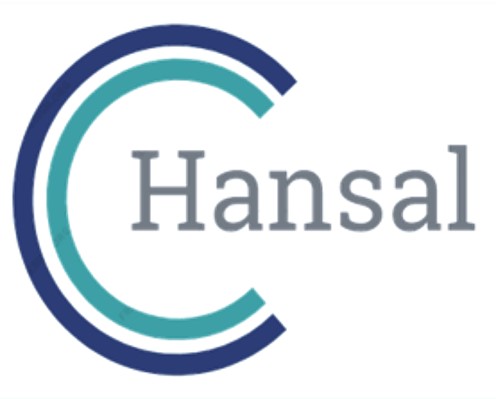Introduction:
Steel grades such as Q355 in China and S355 in Europe are integral to the construction and manufacturing sectors. This article provides a comparative analysis of these two steel grades, examining their mechanical properties, chemical compositions, and application suitability. Understanding the similarities and differences between Q355 and S355 is crucial for international projects and cross-border collaborations in the steel industry.
Mechanical Properties:
Both Q355 and S355 exhibit high tensile strength, making them suitable for structural applications requiring robustness and load-bearing capacity. However, specific values may vary slightly between the two grades, necessitating detailed testing and analysis for precise engineering requirements.
Tensile Strength: Q355 typically ranges from 470 to 630 MPa, while S355 has a minimum yield strength of 355 MPa, indicating comparable strength characteristics.
Yield Strength: S355 is known for its excellent yield strength properties, providing structural integrity and durability in various environments.
Elongation: Both grades offer adequate elongation percentages, allowing for deformation and flexibility in structural components.
Chemical Composition:
The chemical composition of Q355 and S355 influences their mechanical properties and performance in different conditions. While both grades emphasize low carbon content for weldability and toughness, minor variations exist in alloying elements and impurity limits.
Carbon Content: Q355 and S355 emphasize low carbon content to enhance weldability and avoid brittleness during fabrication and service.
Alloying Elements: Q355 may contain additional alloying elements like manganese, silicon, and phosphorus, contributing to specific mechanical properties and corrosion resistance.
Impurity Limits: Both grades adhere to strict impurity limits to ensure material purity and quality assurance in manufacturing processes.
Application Suitability:
Q355 and S355 are widely used in structural engineering, construction projects, manufacturing machinery, and offshore applications due to their excellent mechanical properties and versatility. Understanding their application suitability helps engineers and designers make informed decisions regarding material selection and performance expectations.
Structural Engineering: Both grades are suitable for building bridges, infrastructure, and steel frameworks, providing reliable structural support and durability.
Manufacturing Machinery: Q355 and S355 offer high strength-to-weight ratios, making them ideal for manufacturing components requiring robustness and precision.
Offshore Applications: The corrosion-resistant properties of these grades make them suitable for offshore structures exposed to harsh marine environments.
Conclusion:
The comparative analysis of Chinese steel grade Q355 and European standard S355 reveals their similarities in mechanical properties, low carbon content, and application versatility. While minor differences exist in chemical compositions and specific mechanical values, these grades are interchangeable in many structural and manufacturing applications. Collaboration and knowledge-sharing between international standards contribute to a more integrated and efficient global steel industry.
 Hansal
Hansal
Non-standard Steel&Aluminum Structures Manufacturer
We are specializing in mechanical construction,custom steel and aluminum fabrication in China